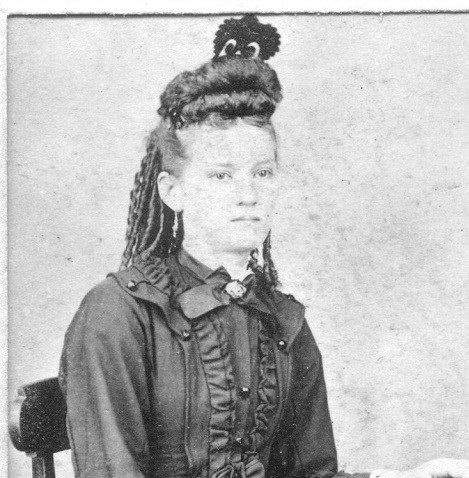Foxground
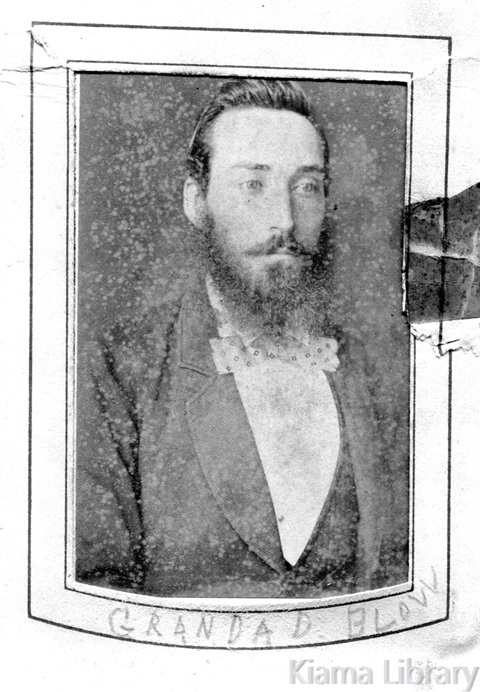
Foxground, originally known as 'The Flying Foxes Camping Ground' for the abundance of grey-headed flying foxes in the valley, was probably named by the first 'cedar-getters' or surveyors to come to the area. In 1890, many explosions were detonated in an attempt to remove the flying foxes.
John Blow was the first person to take up land in the Foxground valley, in 1851. John arrived in Australia, from Ireland, in 1839. He came with four children from his first wife Jane (dec.), and his second wife Ann. John and Ann went on to have ten more children, all of whom moved to Foxground with them. The Foxground farm was located on 330 acres of dense rainforest. To get to the farm, you had to travel via bullock track from Gerringong, through Willow Vale and around the southern end of Curries Hill. Whenever there was a lot of rain, flooding would prevent Foxground farmers from getting their goods to market.
The first Blow homestead was built of timber with a bark roof, but as John Blow and his family prospered, a new weatherboard homestead, 'Willow Glen', was built, and is still standing today.
Foxground families were very self-sufficient. They produced their own milk, butter, meat, maize, fruit and vegetables, largely to avoid the necessity of travelling the treacherous route to Kiama Harbour for supplies. The dairy farms started producing butter, which was packed into wooden kegs and transported over Saddleback Mountain to Kiama Harbour by horse and cart. Gerringong Harbour later made the access to transportation to sell their produce much shorter.
The Foxground community continued to grow, with the first school opening in the 1850s and the first church (a Wesleyan Church) built in 1861 (later sold in 1901). In 1873, a Church of England church was built and continued to hold services until it burnt down in 1954. Foxground also had a Co-operative Butter Factory that was built in 1889 with 33 local shareholders. A post office also operated out of the Butter Factory, and this building would have been a community hub for the Foxground locals.
'Willow Glen', a 19th Century homestead built by John Blow for his family.
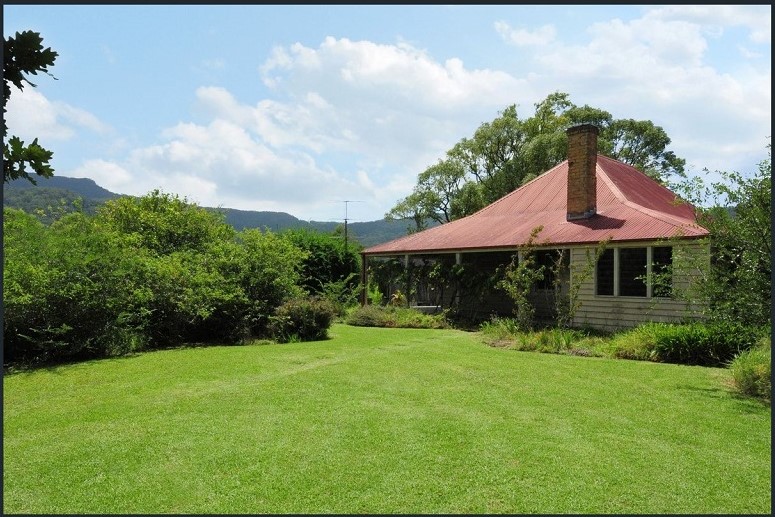
Ann (Elliott) Blow (b.1813-d.1903). Ann married John Blow in 1838 and went on to have 10 children of her own with John. Ann is also buried at Gerringong Cemetery.
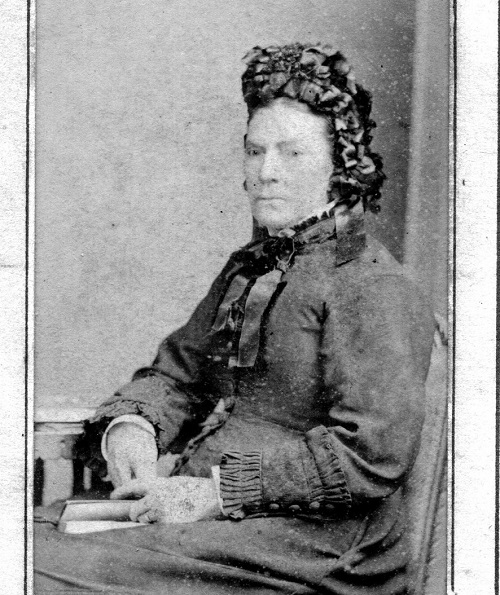
John Blow (b.1796-d.1878). Born in Ireland, he arrived in Sydney in 1839 as a free settler, and moved to Foxground in 1851. He died at Foxground in 1878 and is buried at Gerringong Cemetery. He had at least two wives and 14 children.
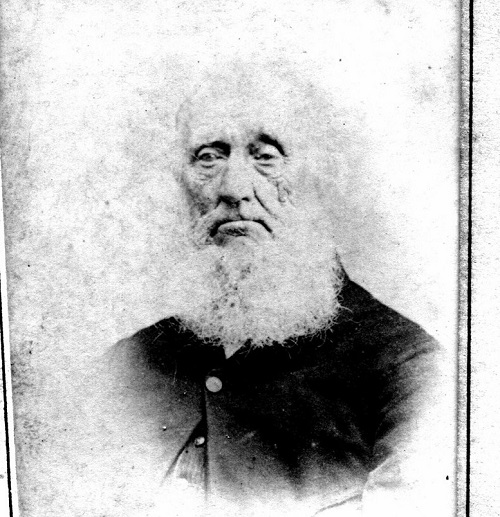
Emma Tate (nee Blow), one of ten children born to John and Ann, was born at Foxground in 1857 and died in 1919.
